Sometimes, a simple mistake can turn an ordinary object into a multimillion-dollar prize. That’s certainly true for rare coins produced by the U.S. Mint. Whether due to misprints, metal mix-ups, or unauthorized dies, these accidental creations have become holy grails for collectors. Here are 12 of the most valuable blunders the Mint never meant to make.
1. 1943 Copper Penny
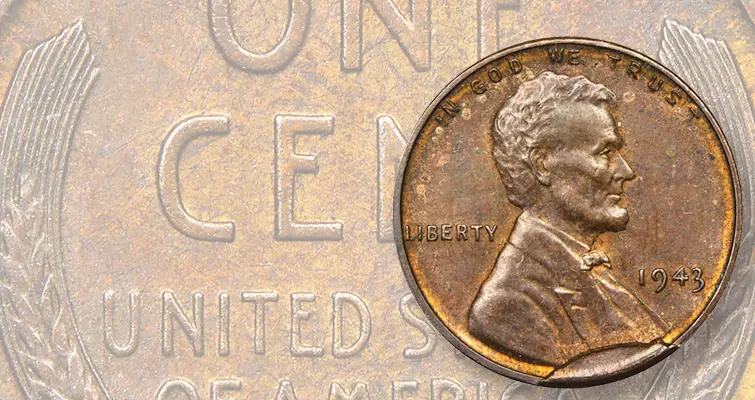
During World War II, the U.S. Mint switched to steel pennies to save copper for the war effort. But a few copper blanks from 1942 were accidentally struck in 1943, creating one of the most famous error coins in American history. According to the Professional Coin Grading Service (PCGS), one 1943 copper penny sold for $1.75 million in a private sale. Its value lies in its extreme rarity—only about 20 are known to exist.
Most people won’t spot the difference without a magnet, as the copper versions won’t stick. Many fakes exist, making authentication critical. Genuine examples are heavily guarded by elite collectors. It’s the kind of mistake that changes a collector’s fortune overnight.
2. 2000 Sacagawea Dollar with a Washington Quarter Obverse
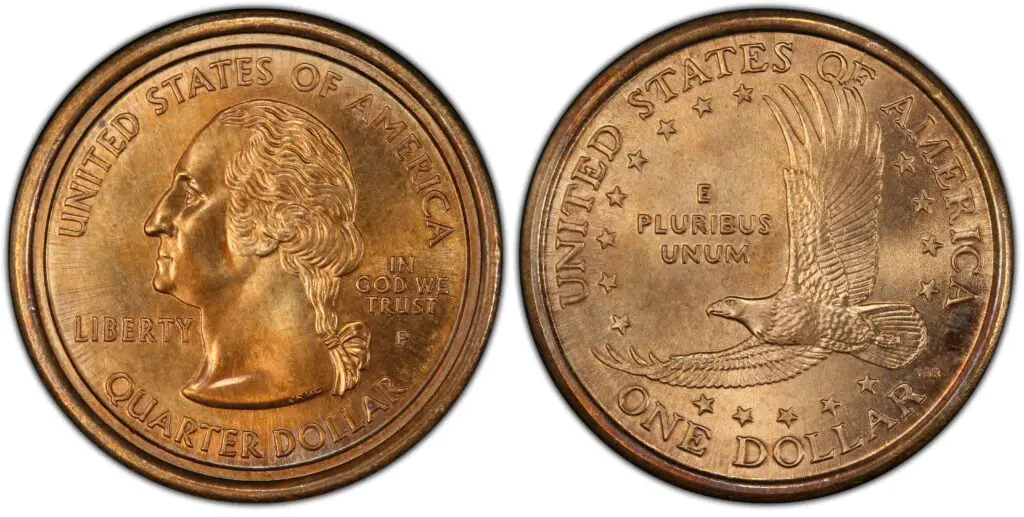
Known as a “mule” coin, this hybrid features the obverse of a Washington state quarter on the golden Sacagawea dollar’s reverse. It happened when the Mint accidentally paired two mismatched dies in the press. The U.S. Mint confirmed the error in 2000 after collectors began reporting the strange coins. Per Coin World magazine, fewer than 20 verified examples have sold for over $100,000 apiece.
Mule coins are exceptionally rare and typically never leave the Mint. But somehow, this one did—and multiple times. The error only became known thanks to sharp-eyed change sorters. It’s a bizarre, high-value fusion that shouldn’t exist.
3. 1955 Doubled Die Lincoln Cent
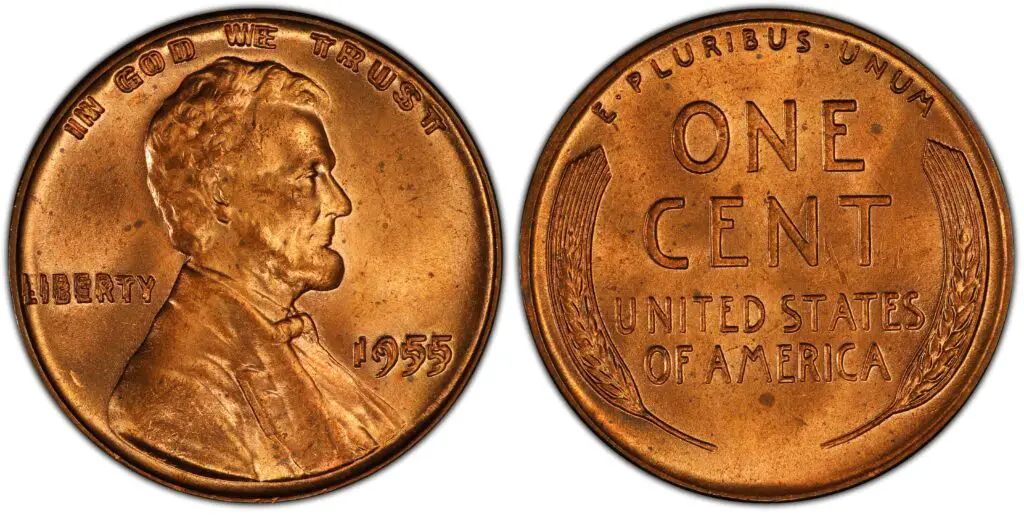
This legendary penny looks like it’s vibrating in place, thanks to a doubled image caused by die misalignment. The “LIBERTY” and “IN GOD WE TRUST” inscriptions are clearly doubled, making it an obvious standout. As reported by the Professional Coin Grading Service, high-grade examples regularly fetch over $50,000 at auction. It remains one of the most iconic and recognizable Mint errors.
Most circulated versions have wear, but even worn examples are highly sought-after. It’s considered the holy grail for many penny collectors. The doubling was the result of an improperly prepared die used for a short production run. Its fame has grown exponentially among hobbyists and professionals alike.
4. 1937-D Three-Legged Buffalo Nickel
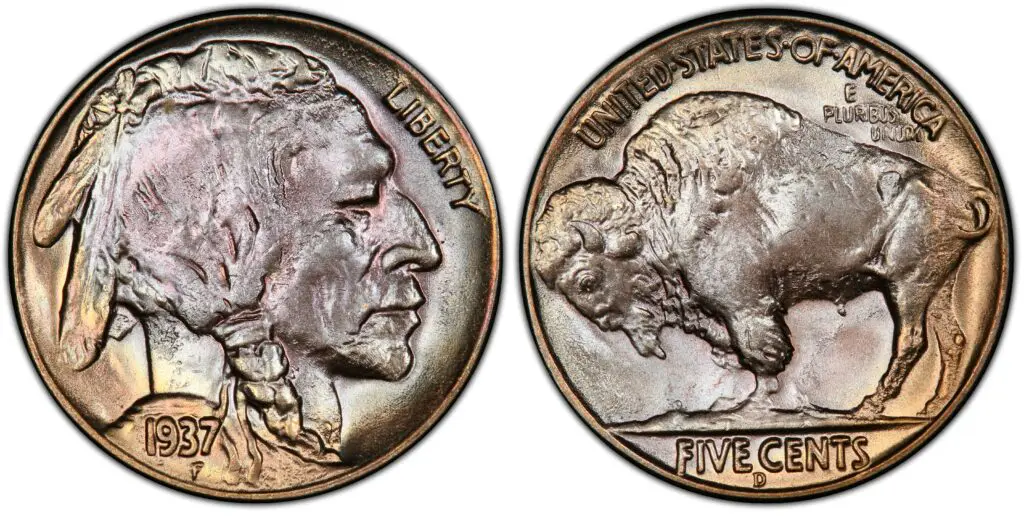
This Buffalo nickel from the Denver Mint is missing part of the front leg on the bison—an error caused by over-polishing the die. What resulted was a coin with a ghostly, three-legged buffalo that now commands a premium price. The mistake was first identified in the 1960s and has since gained fame for its unusual appearance. According to Heritage Auctions, pristine examples can sell for upwards of $20,000.
Collectors love it because the error is both obvious and artistic. It’s a small but visually jarring flaw. The rest of the coin remains intact, adding to the mystery of its production. Today, it’s one of the most desirable nickels ever minted.
5. 2004 Wisconsin Quarter with Extra Leaf
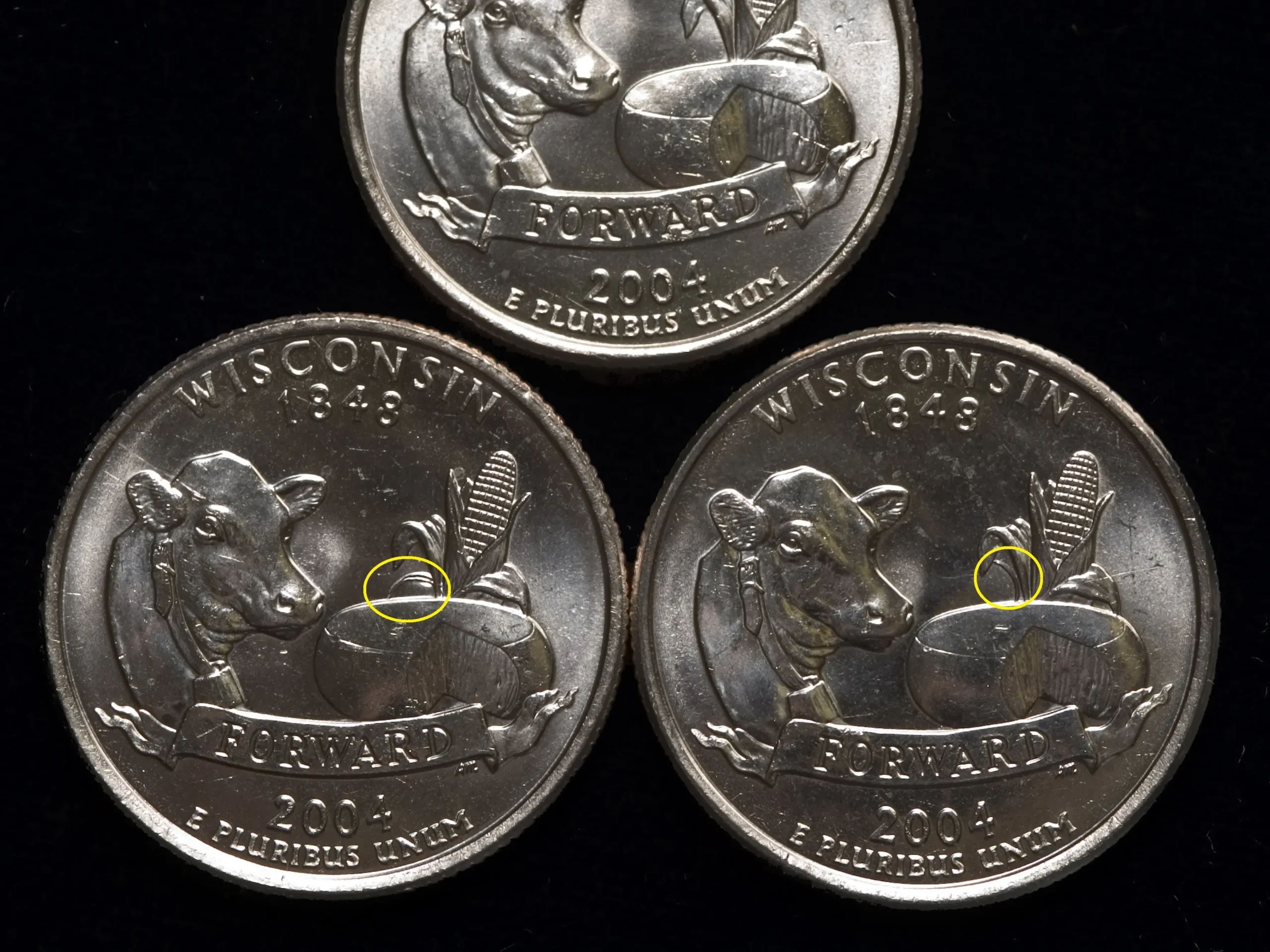
Issued as part of the 50 State Quarters series, the Wisconsin coin was not supposed to stir controversy. But some versions feature an extra leaf on the corn stalk—either high or low—believed to be a result of die manipulation. While some say it was accidental, others suspect it was intentional sabotage. Either way, it made headlines and boosted demand.
These oddities were mostly found in the Tucson, Arizona, area. That localization adds intrigue and boosts their collector value. Clean versions in top condition can sell for thousands. For a modern coin, it’s surprisingly valuable.
6. 1982 No Mint Mark Roosevelt Dime
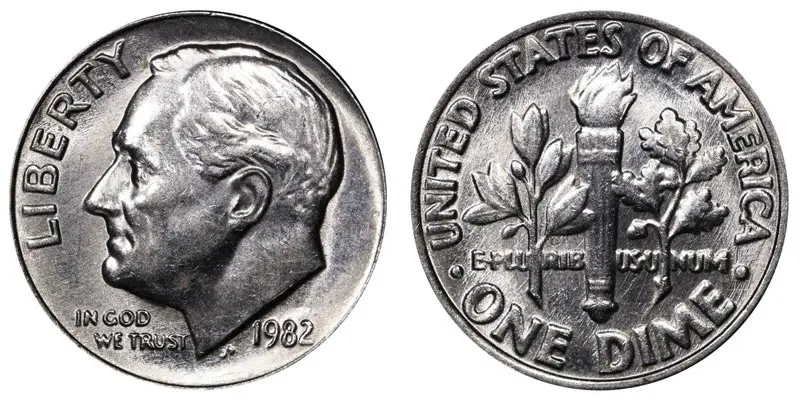
In 1982, the Philadelphia Mint left off its signature “P” on a small batch of Roosevelt dimes. It was the first year the Mint was supposed to include the “P” on all dimes it struck. The oversight created a rarity that coin collectors continue to chase. Clean specimens in uncirculated condition can bring in four-figure sums.
This was more than a cosmetic mistake—it defied official Mint policy. Most of the no-mint-mark dimes surfaced in Ohio. The error was limited but significant. Today, it’s one of the most famous modern Mint oversights.
7. 1922 Plain “No D” Lincoln Cent
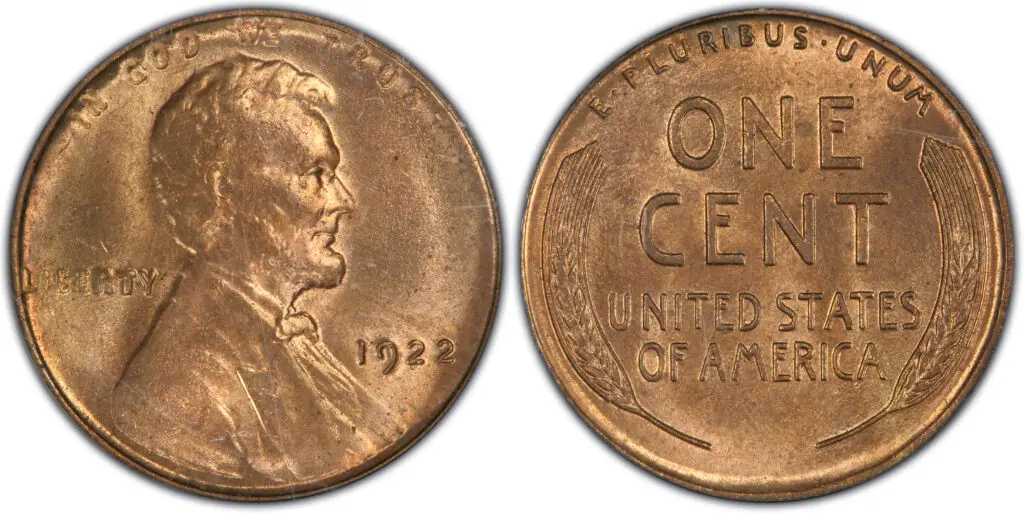
All 1922 pennies were supposed to carry the “D” mintmark for Denver. But one die pair suffered enough damage that it struck coins with no visible mintmark. These are known as “plain” cents and are very rare. Collectors quickly snapped them up once the error was publicized.
Many forgeries exist, so authentication is key. Most versions still show weak outlines where the “D” should be. However, confirmed examples can easily reach $10,000 or more. For penny collectors, it’s an essential piece of U.S. Mint history.
8. 1970-S Small Date Lincoln Cent

At first glance, this penny seems completely ordinary. But the 1970-S “Small Date” version features more compact and slightly raised numerals in the date stamp. That subtle difference makes it a treasure worth thousands in top condition. The value climbs even higher if the coin is found on a 1941 Canadian penny blank.
That second error makes the coin incredibly rare. Only a few examples with the Canadian composition are known. It’s a prime example of how minor details drive major demand. Collectors need sharp eyes to spot the difference.
9. 1992 Close AM Lincoln Cent
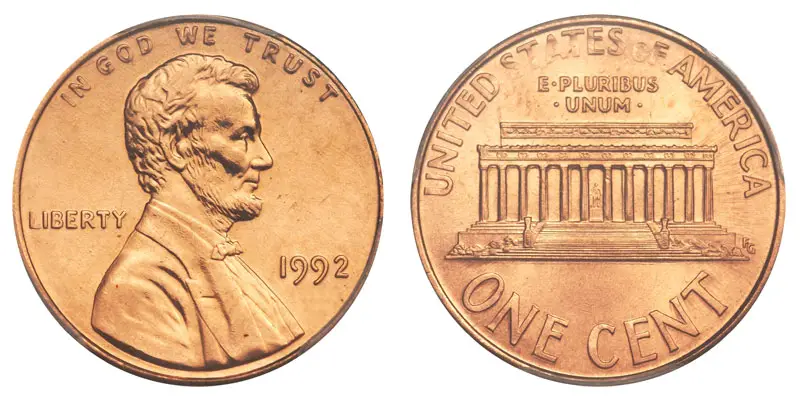
On the reverse of most Lincoln cents, the “A” and “M” in “AMERICA” are spaced apart. But on some 1992 pennies, they are unusually close together—a design meant for proof coins, not circulation. Somehow, this die made it into the regular press run. Only a few known examples exist today.
Because the change is subtle, many people overlook it. But coin grading services have confirmed its extreme rarity. One sold for more than $25,000 at auction. It’s a testament to the power of detail in numismatics.
10. 1969-S Doubled Die Obverse Lincoln Cent
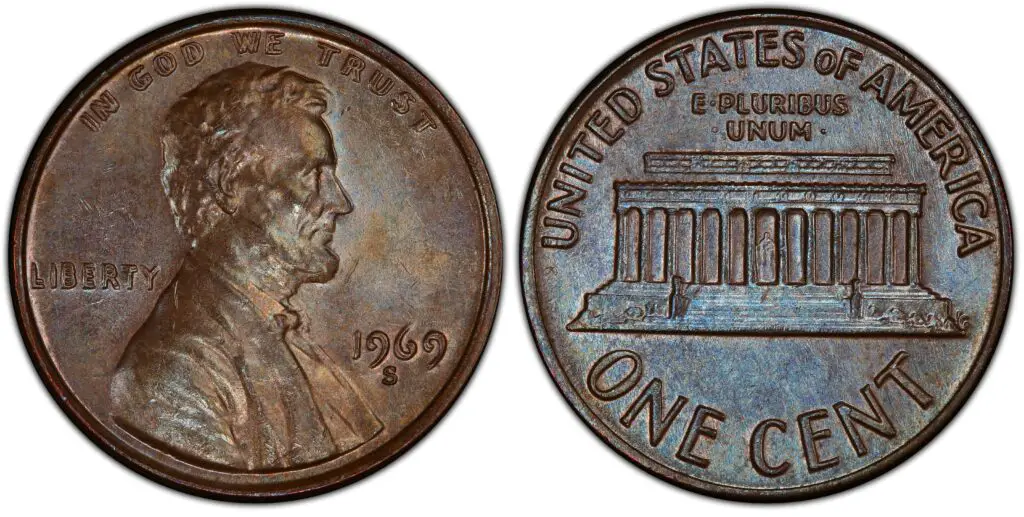
Like the 1955 version, this penny features heavy doubling on the obverse, especially around the lettering. It’s much rarer, with only a few dozen confirmed examples. Some were initially mistaken for counterfeits because the doubling is so dramatic. Today, it’s considered one of the most valuable Lincoln cent errors.
In uncirculated condition, it can easily exceed $75,000. The government even seized some early finds for inspection. Once verified, the coin gained legendary status. For those lucky enough to find one, it’s a life-changing discovery.
11. 1999 Wide AM Lincoln Cent
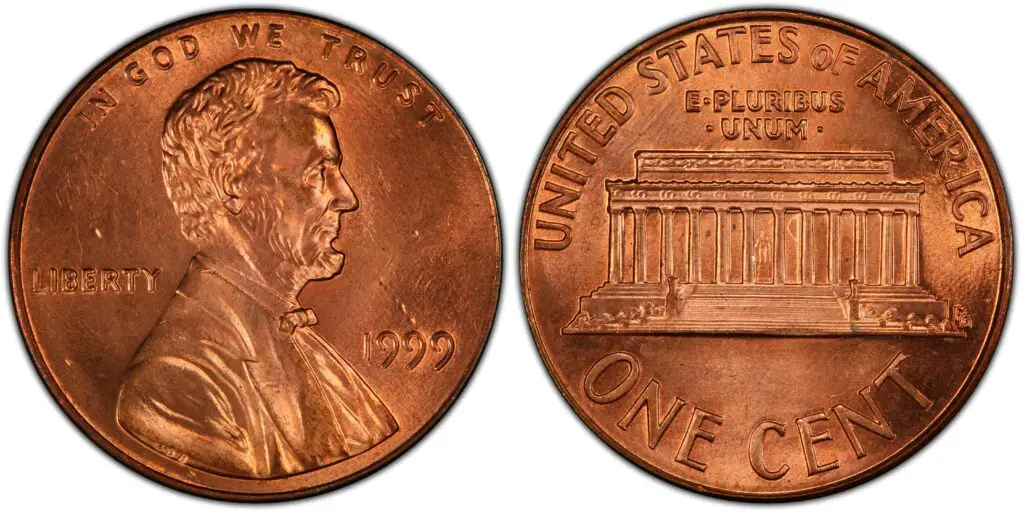
Unlike the 1992 Close AM error, this one happened in reverse. A proof die with a wider spacing was accidentally used on circulation coins. The gap between the “A” and “M” is larger than usual and easy to spot with a magnifier. Values can reach thousands depending on condition.
These errors were caught relatively early, limiting their spread. Still, enough made it into circulation to create buzz among collectors. Like its cousin, the Close AM, it’s a prized find. Tiny spacing makes a big difference in the coin world.
12. 1983 Double Die Reverse Lincoln Cent
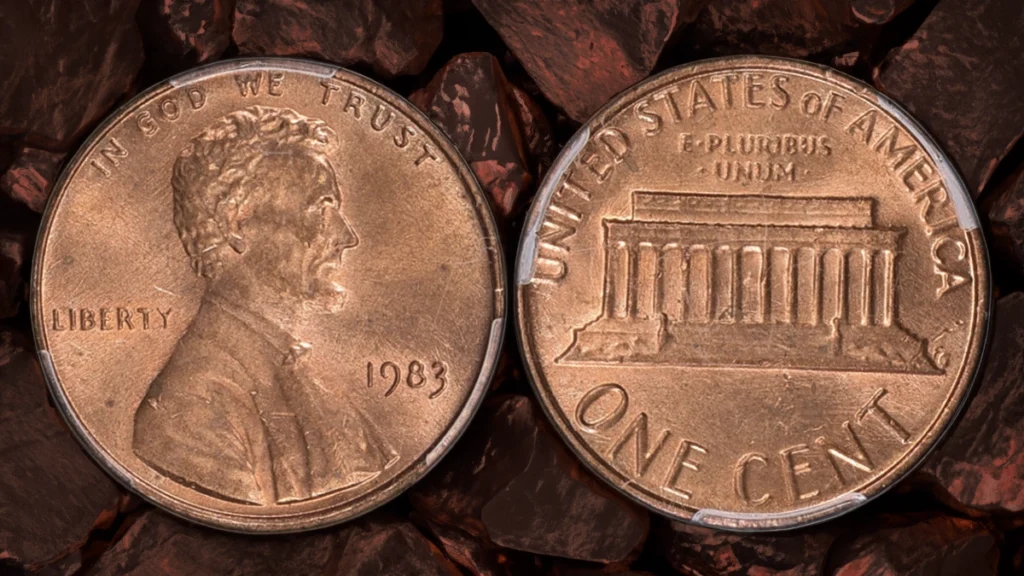
Most doubling errors occur on the front of the coin, but this rare 1983 penny features strong doubling on the reverse. The words “ONE CENT” and “E PLURIBUS UNUM” are noticeably doubled. It’s a rare variation that wasn’t widely discovered until years later. Today, examples in great condition sell for thousands.
Because it wasn’t known to collectors in real time, most entered circulation. That makes mint-state versions incredibly scarce. It’s now a sought-after treasure in the Lincoln series. A mistake from decades ago that still pays dividends.
